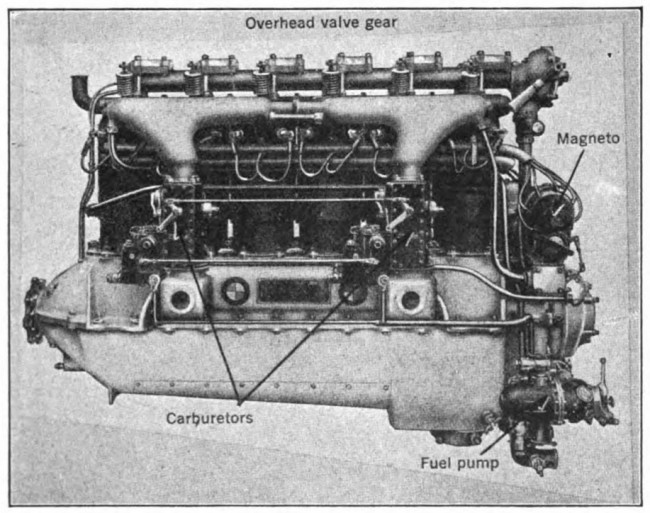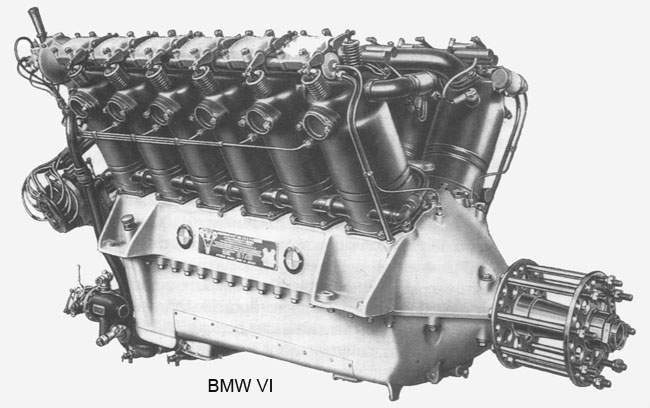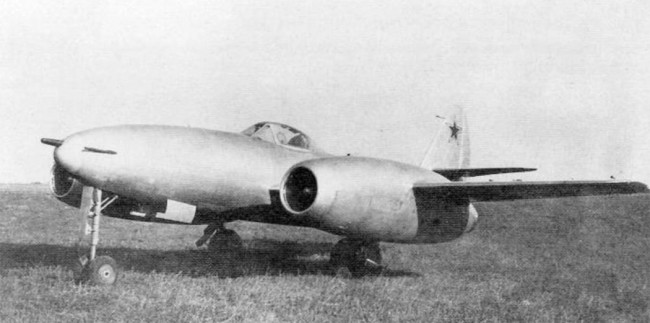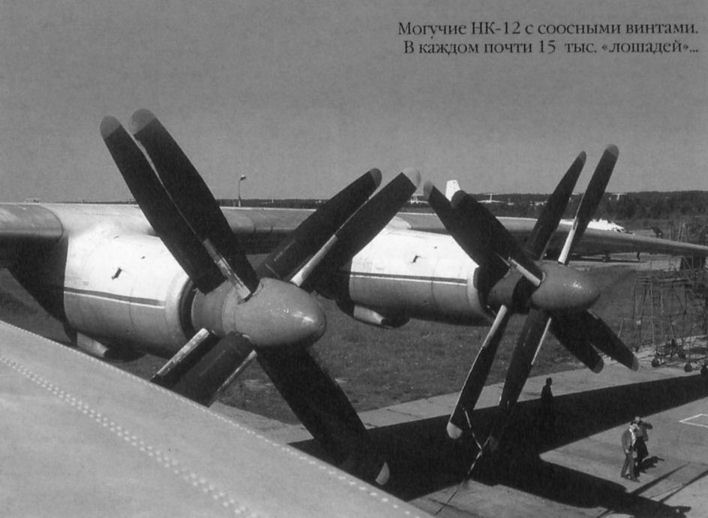
Aviation Engines


From BMW-III to AM-47
The Great War continues and planes fly everywhere. They fly low because, although it is already known about aircraft engine blowers and even turbochargers, they are not used for engines and at that time they have no special meaning. But everyone wants to climb higher! To fly higher without supercharging systems, we need to give the cylinders more air. The basic solution is to increase the volume of the cylinder. In this case, however, the weight of the engine and its dimensions increase. Is it possible to prevent this?

From BMW-VI to M-17
The Achilles heel of the Soviet aviation industry was the production of aircraft engines. Until 1917, the technical policy of the Russian government was based on the purchase of aircraft engines abroad and on the licensed production of French engines. Engines of our own design were practically not produced. During the civil war, the situation in this area deteriorated sharply due to the lack of qualified engineers and workers and the economic blockade of the country by Western states.

TR-1 jet engine
Even before A.M. Ljulka started working on the jet engine, similar work was done in England and Germany, that the first jet engines were tested here in 1937 and the first flight of the jet engine took place in Germany in 1939. But all this happened in deep secrecy. So A.M. Ljulka went this route alone and is rightly considered the founder of the development of jet engines in the USSR.

Turboprop NK-12 (TV-2, TV-12)
The Kuznetsov NK-12 is a Soviet turboprop engine of the 1950s, designed by the Kuznetsov design bureau. The NK-12 drives two large four-bladed contra-rotating propellers, 5.6 m (18 ft) diameter (NK-12MA), and 6.2 m (20 ft) diameter (NK-12MV). It is the most powerful turboprop engine to enter service.

Pistons

Turbo-props

Turbojets

Rocketry

Other
Join us
We believe that there are people with different interests and experiences who could contribute their knowledge and ideas. If you love military history and have experience in historical research, writing articles, editing text, moderating, creating images, graphics or videos, or simply have a desire to contribute to our unique system, you can join us and help us create content that will be interesting and beneficial to other readers.
Find out more